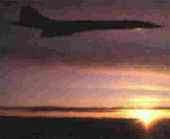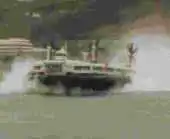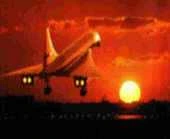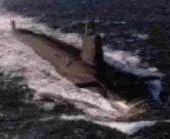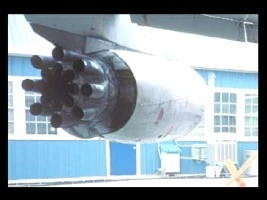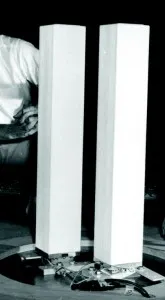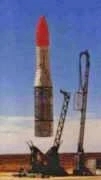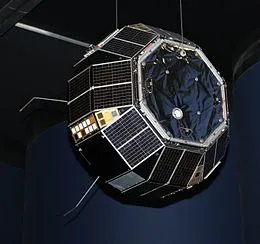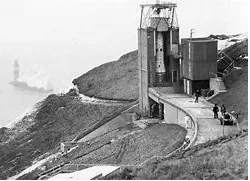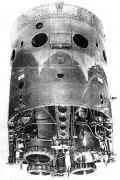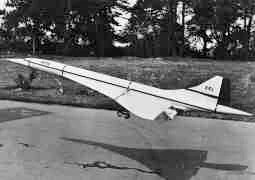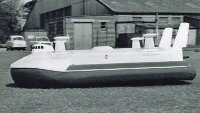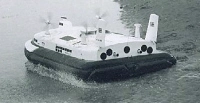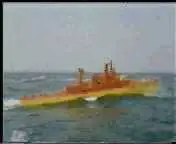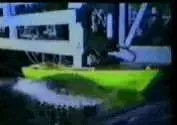|
|
About Gerry Knight and his career.
Born in south London just before the V1 bombardment, this is a record
of Gerald (Gerry) Knight's career (name anagram "The large Knight
kid"). Having documented the following it's noticeable how,
having achieved a high level of professionalism in one sphere, he
moved on to another.
Gerry left Glastonbury school, Morden in 1962 aged 18 and at that
time he didn't know what he wanted to do as a career. His main
academic interest had been in Physics and Applied Mathematics so
he joined the Aerodynamics division of the National Physical
Laboratory (NPL), Teddington and continued his education
part-time in Applied Physics. He later specialised in electronics,
for which he obtained Institute membership, and studied
the new techniques of digital electronics which was a rapidly expanding
technology. Whilst at NPL Gerry was exposed to valve based
computers; "Ace", the UK's
second programmable machine designed there by Alan Turing and
"Deuce" a later model.
NPL then installed an English Electric KDF9 in the early 60s. This
was a great advance being programmed using paper tape
and Autocode or Algol languages.
|


